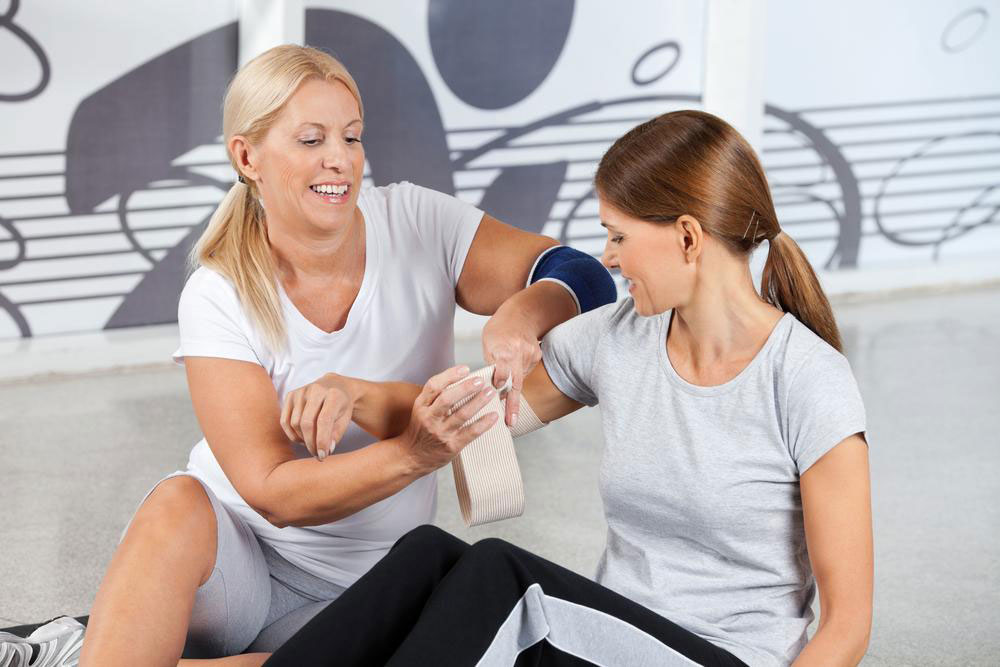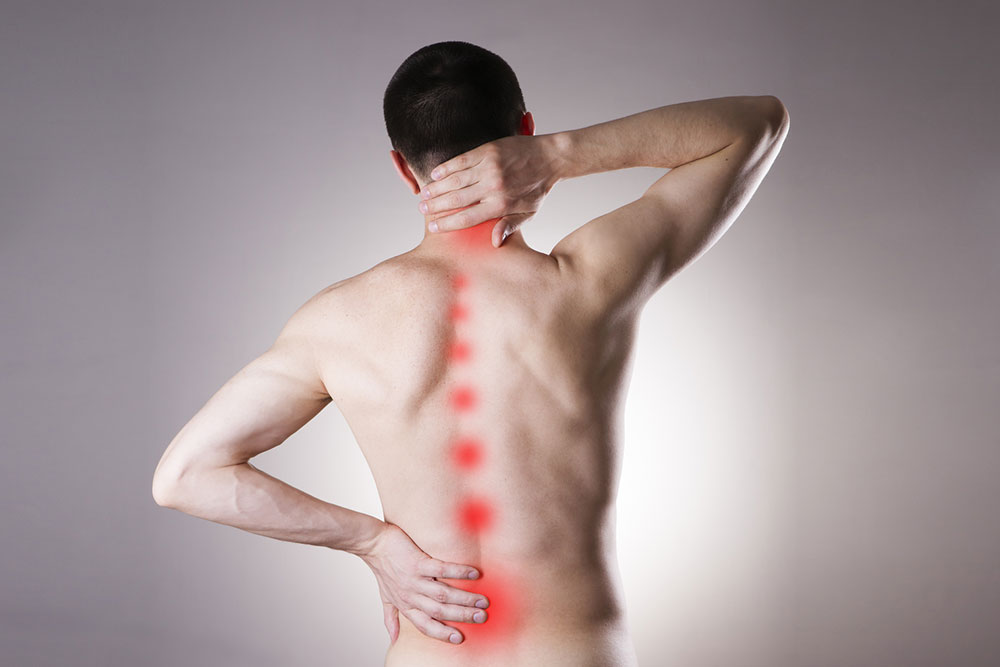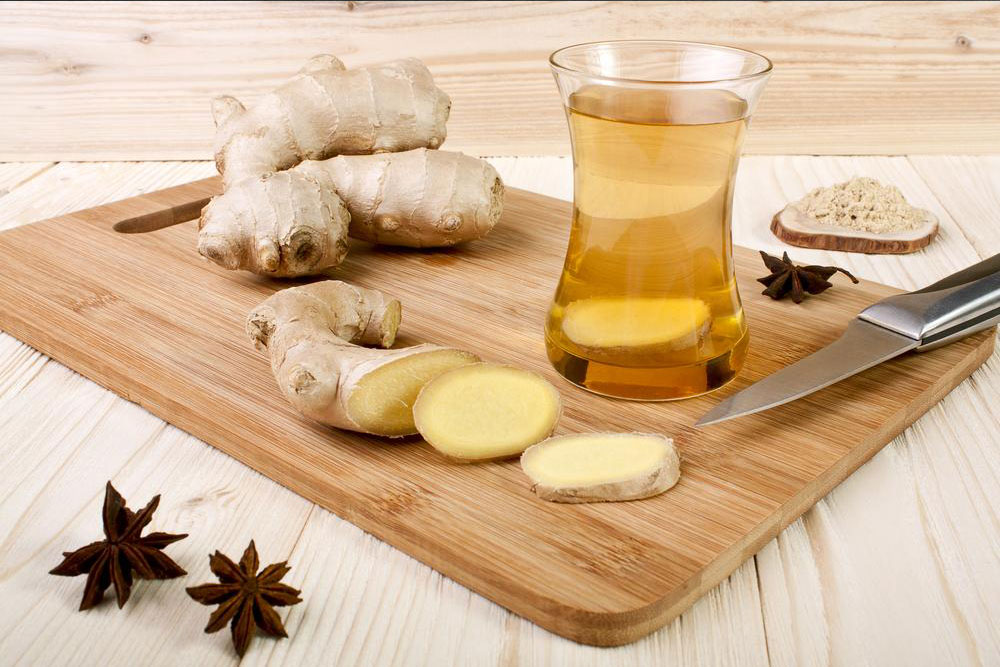Effective Strategies for Rapid Relief from Chronic Pain
Discover quick and effective methods to manage chronic pain, including exercise, heat/cold therapy, sleep improvement, acupuncture, and relaxation techniques. These approaches can help alleviate discomfort while professional treatment is underway, enhancing quality of life for sufferers. Always consult a healthcare professional for persistent pain issues.

Effective Strategies for Rapid Relief from Chronic Pain
Chronic pain differs significantly from common muscle strains or minor injuries, which usually resolve within hours or days once healed. Instead, it persists over months and can be challenging to manage. Approximately 11-14% of Americans and one in five individuals in the US suffer from ongoing pain episodes. Understanding what constitutes chronic pain is vital to managing it effectively. Unlike acute pain linked to injury, chronic pain can have no clear source and requires ongoing attention and treatment from healthcare professionals.
Chronic pain lasts beyond typical healing periods, often beyond three to six months, and often lacks an identifiable cause. It demands acknowledgment, as the pain signals continue to send discomfort to the brain, affecting quality of life. Causes include previous injuries, arthritis, spinal surgeries, nerve damage, and more. Consulting a healthcare professional is crucial for proper diagnosis and treatment. Meanwhile, simple remedies can provide temporary relief while seeking medical advice.
To help ease discomfort, consider these quick, and in some cases, natural methods. Test them to discover what works best for your condition.
Engage in gentle activity
Although it may seem counterintuitive, regular movement stimulates the release of endorphins—your body's natural painkillers. Even light stretching, yoga, or short walks can help reduce pain by promoting relaxation and resistance to discomfort. If mobility is limited, try simple stretching exercises or walk in a nearby park.
Utilize heat & cold therapy
Applying heat, such as warm showers, hot packs, or steam, can relax tense muscles. Conversely, cold packs or ice can numb the pain and improve local circulation. Alternating between heat and cold can provide effective relief for persistent pain.
Prioritize restorative sleep
Sleep is crucial for healing. When experiencing pain, finding a comfortable sleep position on a medium-firm mattress and using supportive pillows can promote rest. Consider relaxing routines like aromatic candles or warm milk to aid sleep. Good sleep allows the body to repair and recover, alleviating pain over time.
Explore acupuncture
This traditional technique involves stimulating specific trigger points to relieve muscle knots and balance energy flow. Acupuncture may offer rapid relief for chronic pain, similar to its effects on back and muscle pains. Some individuals learn self-pressure techniques using fingers or knuckles to target these points safely at home.
Practice relaxation therapies
Massages, especially Swedish or deep tissue massages, relax tense muscles and promote healing. Always consult your doctor before starting any new therapy, as responses vary among individuals.










